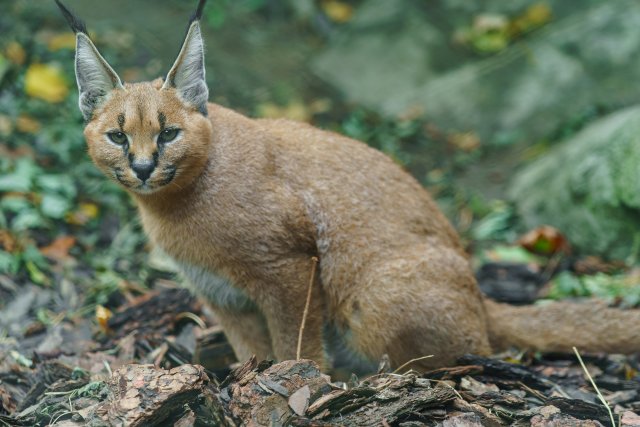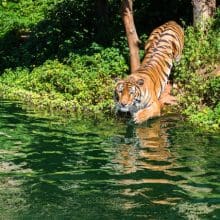Unraveling the Secrets of Caracals: A Journey into the Wild Side of Cat Kingdom
Unraveling the Secrets of Caracals
When it comes to the world of wild cats, the caracal is a creature that often goes unnoticed. With its sleek body, tufted ears, and incredible agility, the caracal is a true marvel of nature. In this article, we will delve into the secrets of caracals, exploring their habitat, behavior, and unique adaptations that make them one of the most fascinating members of the cat kingdom.
The Habitat of Caracals
Caracals are native to various regions of Africa, the Middle East, and parts of Asia. They are highly adaptable and can be found in a range of habitats, including savannas, woodlands, and even deserts. These cats have a wide distribution, but their populations are declining due to habitat loss and poaching.
One interesting aspect of caracal habitat is their ability to thrive in both arid and more lush environments. They have adapted to survive in areas with limited water sources, obtaining most of their hydration from the prey they consume. This adaptation allows them to inhabit regions where other large cats may struggle to survive.
Secrets of Caracals: Behavior and Hunting Techniques
Caracals are solitary animals, with males and females only coming together for mating purposes. They are primarily nocturnal, using their excellent night vision to hunt under the cover of darkness. These cats are known for their incredible jumping ability, which allows them to catch birds in mid-air. In fact, caracals have been observed leaping up to 10 feet in the air to snatch their prey.
One fascinating hunting technique employed by caracals is their ability to locate prey using their exceptional hearing. Their ears are equipped with large tufts of hair, which not only give them a distinctive appearance but also serve as excellent sound receptors. Caracals can rotate their ears independently, allowing them to pinpoint the exact location of their prey, even in dense vegetation.
Unique Adaptations
Caracals possess several unique adaptations that set them apart from other wild cats. One of the most notable is their elongated hind legs, which give them incredible jumping and leaping abilities. This adaptation allows them to pounce on their prey with precision and agility.
Another remarkable adaptation of caracals is their retractable claws. Like other cats, caracals have sharp claws that they can extend when needed for hunting or climbing. However, what sets them apart is their ability to completely retract their claws, keeping them sharp and protected when not in use. This adaptation helps them maintain their agility and stealth while moving through their habitat.
Conservation Challenges
Secrets of Caracals: Despite their remarkable adaptations and unique characteristics, caracals face numerous conservation challenges. Habitat loss due to human activities, such as agriculture and urbanization, is a significant threat to their survival. Additionally, caracals are often targeted by poachers for their fur and body parts, which are highly valued in the illegal wildlife trade.
Efforts are being made to protect caracals and their habitats. Conservation organizations are working to establish protected areas and promote sustainable land use practices to ensure the long-term survival of these magnificent creatures. Public awareness campaigns and educational programs are also crucial in raising awareness about the importance of conserving caracals and their ecosystems.
Summary
Secrets of Caracals: Caracals are truly remarkable creatures that deserve our attention and admiration. Their adaptability, hunting techniques, and unique adaptations make them a fascinating member of the cat kingdom. However, their populations are declining due to habitat loss and poaching, highlighting the urgent need for conservation efforts. By understanding and appreciating the secrets of caracals, we can work towards ensuring their survival and the preservation of their wild habitats for generations to come.
Read More About Caracals From Wikipedia




